7 Ways to Play Chords on the Violin | Violin Lounge TV #495
Different ways in which you can play violin chords
Including free violin chord charts for all major and minor keys:
Improve your violin technique by playing chords
Chords are very useful to develop your left hand technique, posture and intonation. Also you’ll encounter chords in a lot of violin repertoire.
Video content:
00:15 Double stops
00:42 Free violin chord charts: download them right here
01:05 Broken chord leaving one note
01:14 Broken chord
01:30 Triple stops
01:49 Arpeggio
01:58 Jumping arpeggio
02:10 Pizzicato chord
Watch the video above in which I demonstrate these different ways of playing chords on the violin.
You might be wondering how to know which bowing technique to use for violin chords. Below I describe and show you how they look like in the sheet music:
Double Stops
When you play two notes of a chord (partial chord) you place your fingers and bow on two strings at the same time. In the sheet music you see this notation by two notes above each other like shown in the picture.
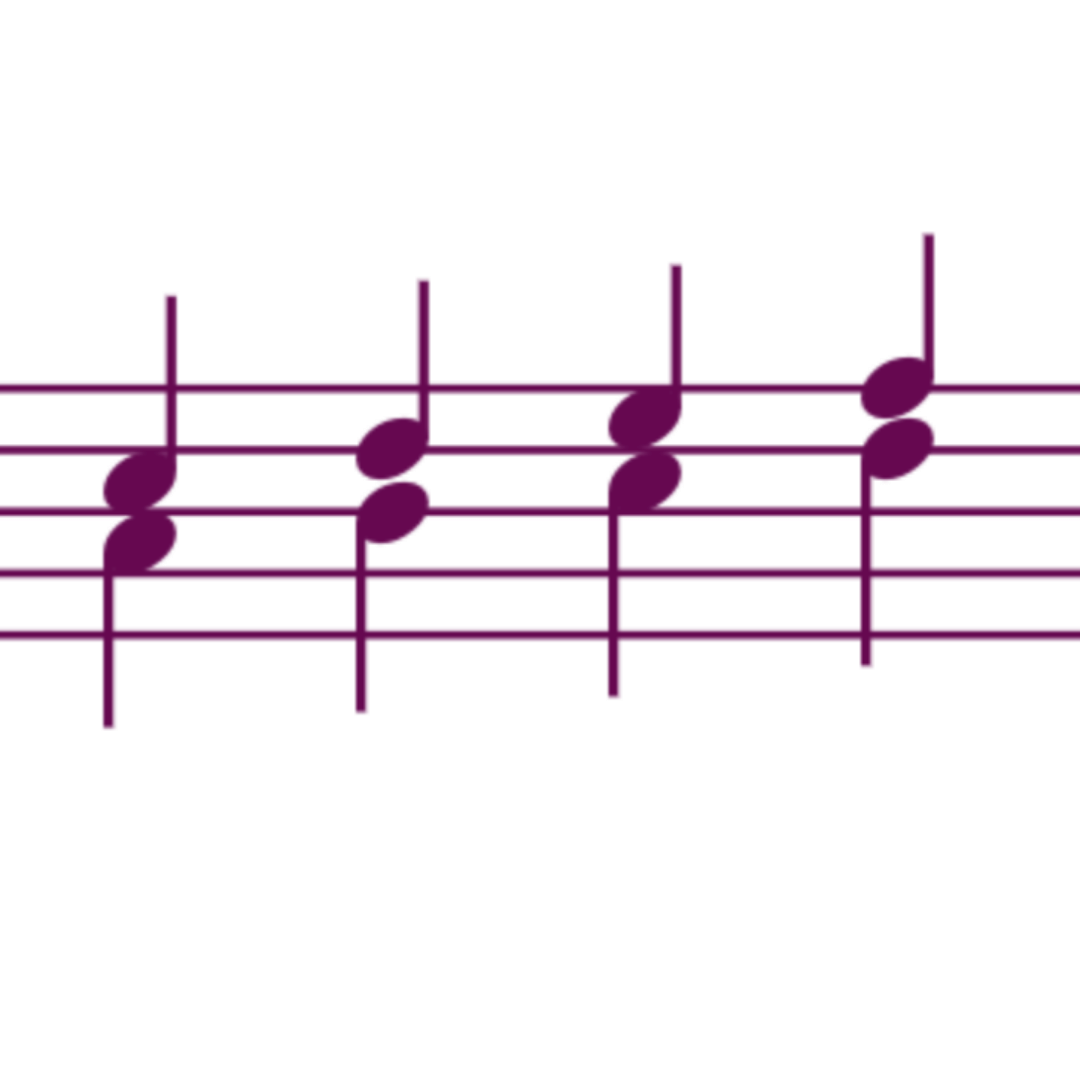
Broken chord
If you see three or four notes above each other in the sheet music, you can break the chord. This means you play the lower notes first and after that the upper two notes. In fact you play two different double stops.
You can also break the chord and end with the highest note.
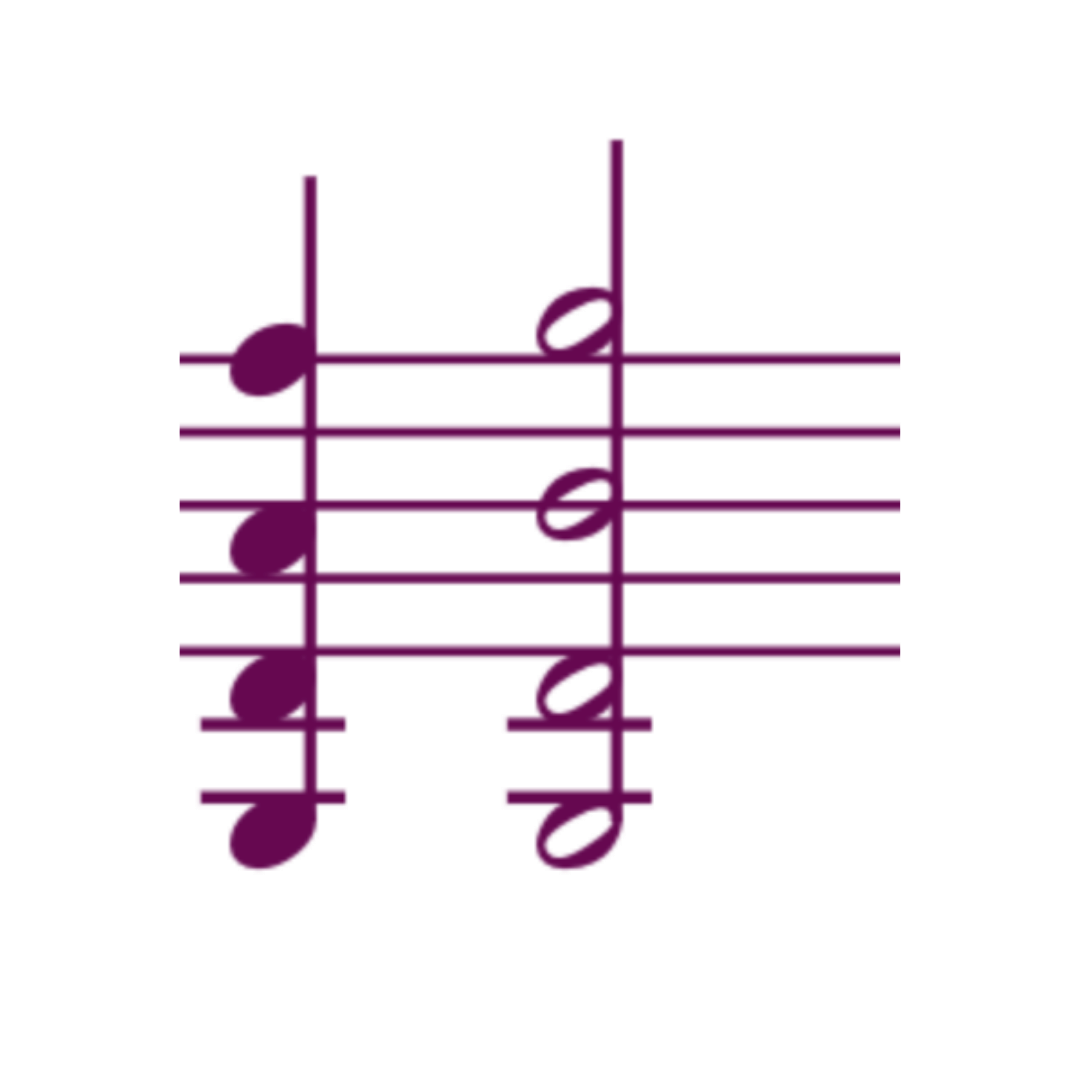
Triple stops
On the violin it’s also possible to bow on three strings at the same time. Usually you do this on a contact point near the fingerboard, so you can more easily hit three strings at the same time with the bow.
This is possible for three note chords. The notation in the sheet music is the same as for broken chords. What you do depends on the character and historical context of the piece and the performance tradition.
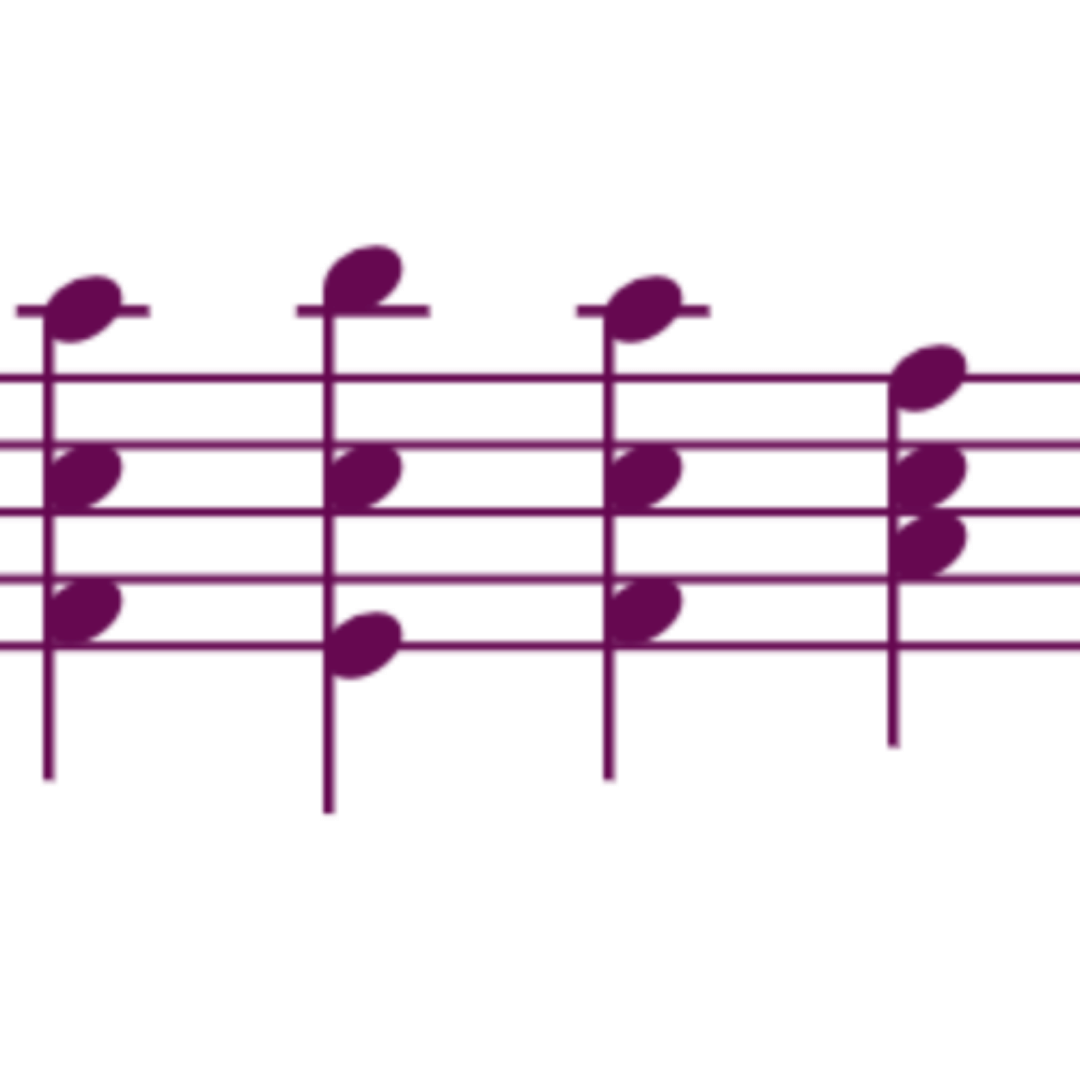
Arpeggio
In an arpeggio you play the notes of a three or four note chord one by one after each other instead of at the same time.
In the sheet music the notes are not above each other, but notated next to each other with a slur above or below them like in the picture. Sometimes, to make things shorter after one bar the notes are notated like chords above each other but it’s indicated that you should play the arpeggiated.
You can play an arpeggio on the violin legato, so the notes are connected and plaid fluently after each other in one bow stroke.
Jumping arpeggio
You can also let the bow bounce and leave the string between the notes. In this case we speak of a jumping arpeggio. In the sheet music it’s notated in the same way as an arpeggio, but there are dots above or below the notes.
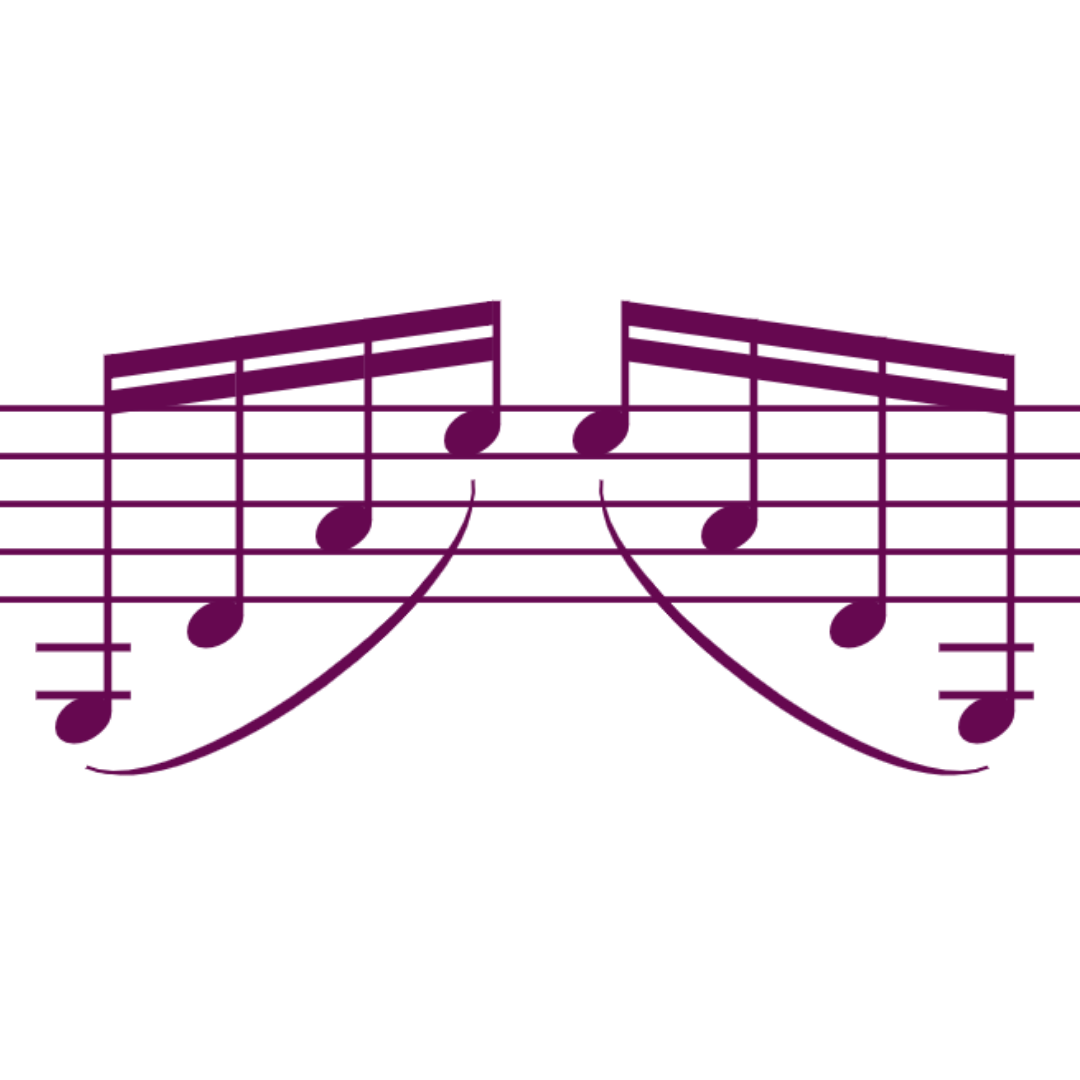
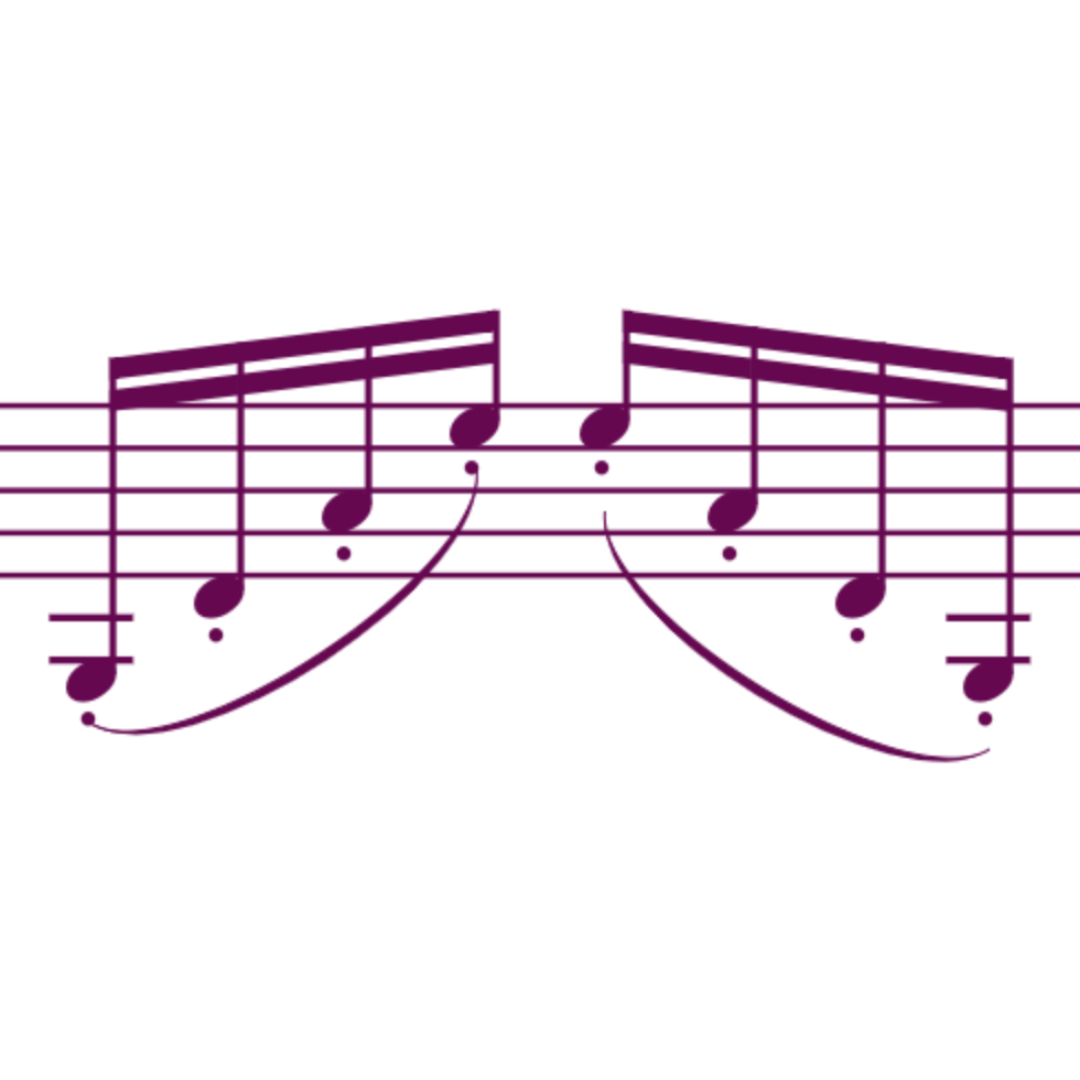

Hi! I'm Zlata
Classical violinist helping you overcome technical struggles and play with feeling by improving your bow technique.
Pizzicato chords
We’ve covered all ways in which you can bow violin chords, but of course you can also pluck the strings: a pizzicato chord. In the sheet music you’ll see pizz written above or below the chord.
Free violin chord charts
Would you like to get started playing chords? It’s great for your overall violin technique and will definitely help you play in tune.
Here’s my article with the most common violin chords for beginners. It includes chord charts, sheet music and exactly how to play them.
Here’s my article with all major and minor violin chords. It also includes chord charts and sheet music, so you’ll know exactly how to play them.
Do you practice chords?
Let me know in the comments!

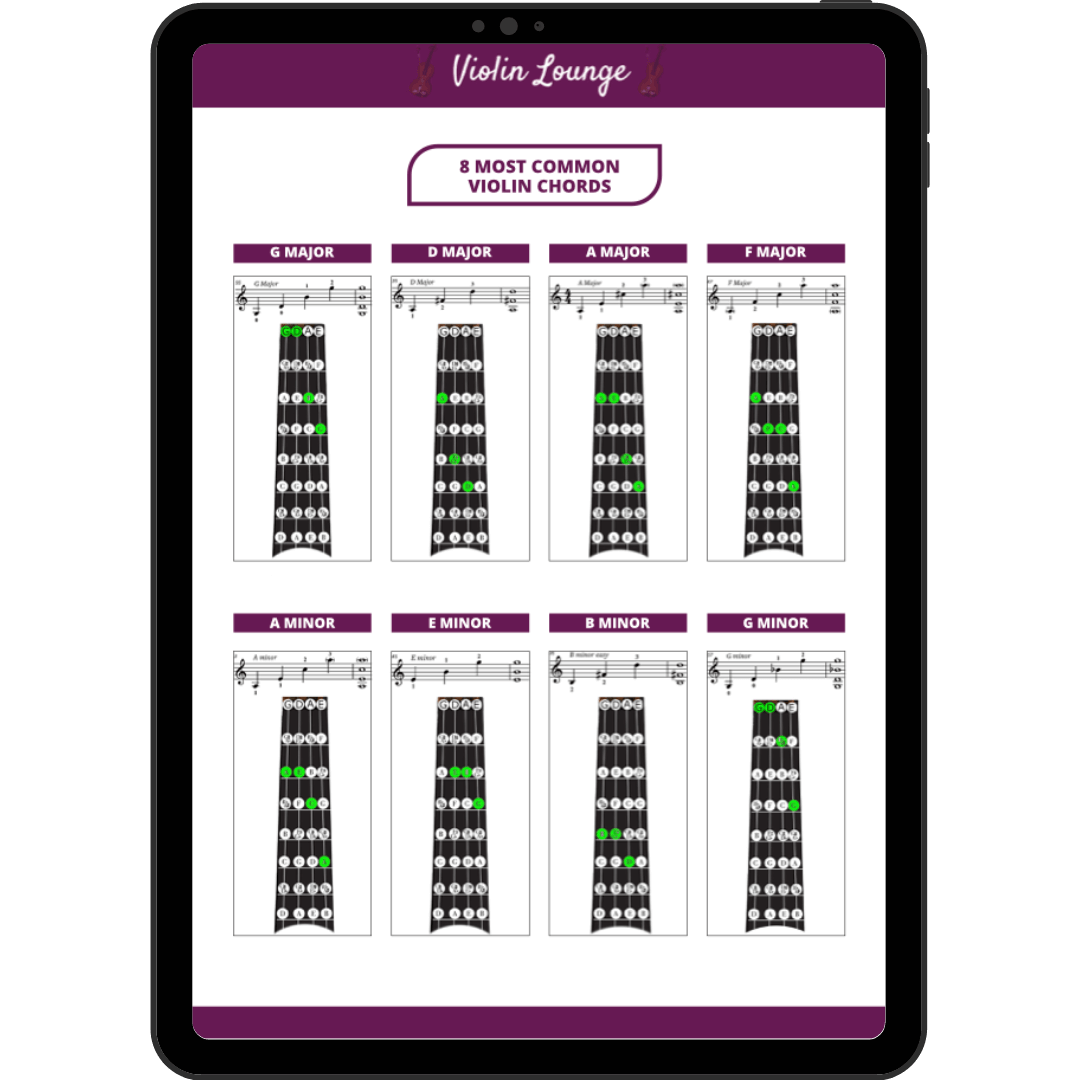
0 Comments